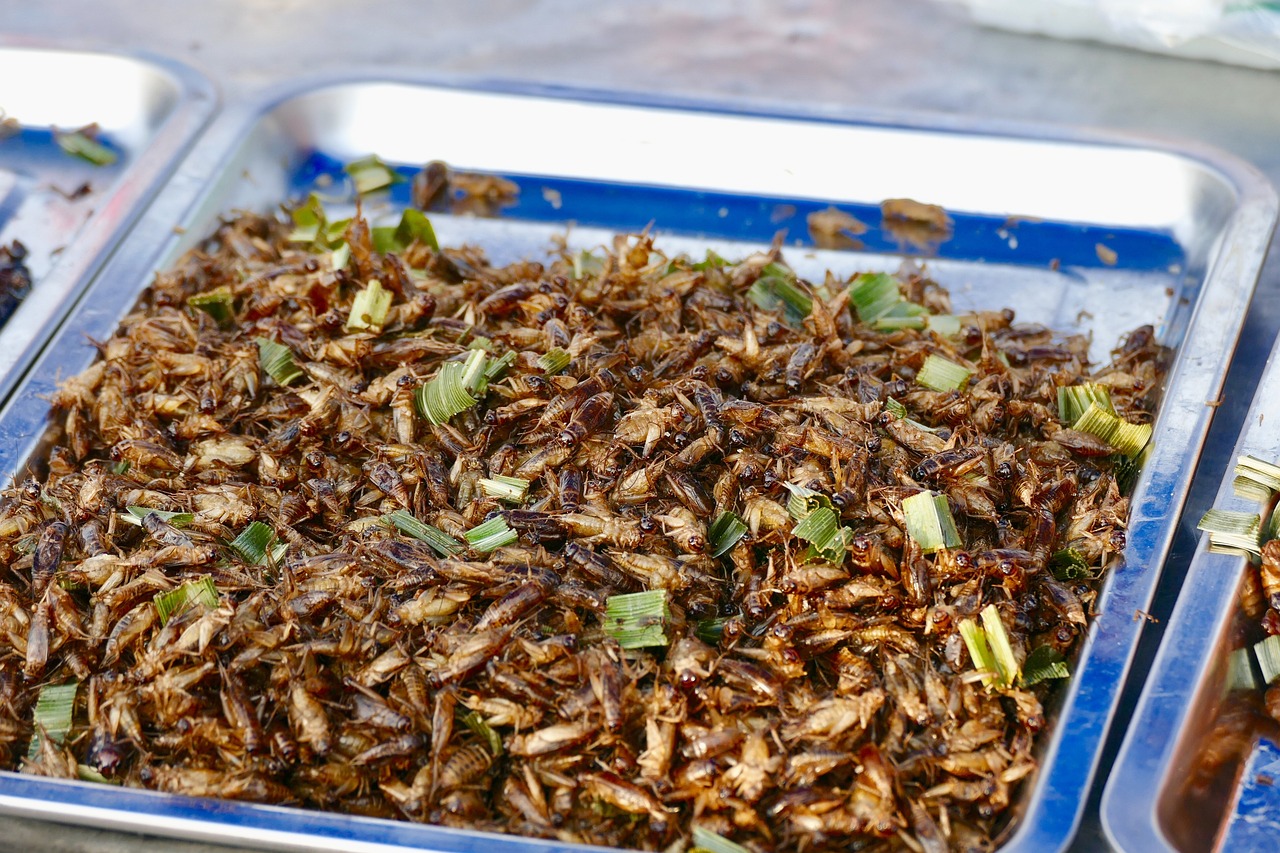Insect-eating is part of the cultural practices in various regions around the world. Insects are commonly consumed in many African countries. In several Asian countries such as Thailand and Cambodia, street markets commonly offer fried insects such as crickets, silkworm pupae, and bamboo worms for sale.
But what about those of us who would never choose to eat an insect?
Insects are intentionally eaten in some cultures, but many of us unknowingly consume them in everyday food products.
The average person unwittingly consumes a surprisingly significant amount of bugs each year
According to the United States Department of Agriculture (USDA), an average person consumes up to one and a half pounds of insects annually through fruits and vegetables.
Bugs are accidentally present in our food.
They live in grains and fruits and become inadvertently crushed during processing. These insects are usually much smaller than we think…about the size of a sesame seed. Most of the time, we don’t even know they’re there. They can also be part of the air we breathe, as many tiny flying insects are found in the atmosphere.
Some of the most common bugs that unintentionally make their way into our food include ants, beetles, caterpillars, and more.
For instance, it has been found that fig paste may contain up to 13 insect heads per 100 grams, canned fruit juices can have approximately one maggot per 250 milliliters, and 10 grams of hops, used in beer production, can harbor around 2,500 small sap-sucking insects.
The FDA permits the detection of up to 30 insect fragments and one rodent hair per 100 grams of peanut butter.
A standard jar of peanut butter is typically between 300 to 500 grams. It means a jar may contain approximately five rodent hairs and 150 insect fragments and still meet inspection standards. These bugs find their way into the spread during peanut harvesting, and the FDA acknowledges their challenging removal.







